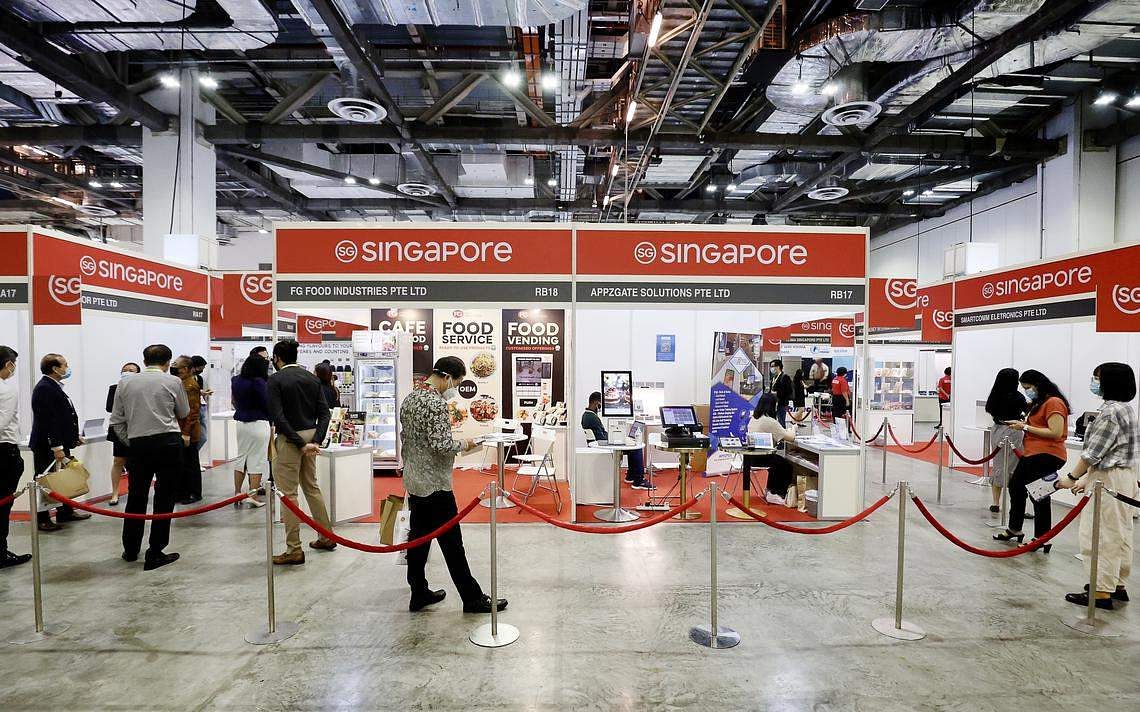Singapore tourism receipts reached an estimated S$13.8 billion to S$14.3 billion in 2022, about half of the 2019 pre-pandemic level, based on preliminary figures, the Singapore Tourism Board (STB) said at their year-in-review on Tuesday (Jan 17).
This was on the back of 6.3 million international visitor arrivals – above STB’s forecast of four to six million visitors, though only about a third of the 2019 figure.
Barring unexpected circumstances, tourism activity is now expected to recover to pre-pandemic levels by 2024, ahead of the previous mid-2020s forecast.
The tourism growth momentum is expected to continue in 2023, on the back of increasing flight connectivity and capacity, as well as China’s reopening.
An estimated 12 to 14 million visitors are anticipated to bring in about S$18 billion to S$21 billion in tourism receipts – around two-thirds to three-quarters of 2019 levels.
Asked about inflationary pressures, STB chief executive Keith Tan is “reasonably optimistic” that their impact will be “relatively small”, as travellers are prepared to bear the higher costs.
While he highlighted strong demand from China and regional markets, Tan said supply-side considerations remain. Juliana Kua, assistant chief executive, international group at STB, noted that there are about 38 weekly flights from China to Singapore as at January 2023, less than 10 per cent of pre-Covid levels.
China also announced that outbound travel would be carefully calibrated, she added.
But she said STB has been working on marketing in markets including China. Smaller group travel with customised itineraries and a preference for deeper – rather than “bucket list” – experiences are newer trends among Chinese tourists, she said.
Tan added that STB hopes to see traffic from China return to between 30 and 60 per cent of pre-Covid levels for the full year.
The tourism board also updated that as of September 2022, the total tourism workforce is around 65,000 – about 78 per cent of 2019 levels.
Jeannie Lim, STB assistant chief executive, policy and planning group, noted that hiring efforts aim to fill about 3,000 job vacancies in the tourism sector over the next year or two.
Last year, the top three source markets for Singapore were Indonesia (1.1 million), India (686,000) and Malaysia (591,000). Indonesia (S$1.1 billion), India (S$704 million) and Australia (S$633 million) were the top contributors to tourism receipts in the first three quarters of 2022, which totalled S$8.96 billion for the nine months.
In the last nine months of 2022, when Singapore removed quarantine requirements for fully-vaccinated travellers, visitors’ average length of stay was approximately 4.81 days, up from 3.36 days for the same period in 2019.
A smaller percentage of daytrippers, days for leisure tacked onto business travel and pent-up demand contributed to the increase in length of stay, STB said.
Meetings, incentive travel, conventions and exhibitions (MICE) also had a stronger 2022 as Covid-era restrictions eased. The year saw the return of marquee international events such as Food and Hotel Asia’s trade shows and the Singapore Fintech Festival, as well as new events, STB said.
Leisure events also made a comeback, with the Formula 1 race drawing a record 302,000 attendees, the Tour de France Prudential Singapore Criterium debuting in South-east Asia, and “regular crowd pleasers” such as the Singapore Food Festival and Christmas Wonderland welcoming visitors.
As demand for leisure and business travel strengthened in 2022, the hotel industry “posted an encouraging year”. From April to December, average room rates were up 17 per cent from the corresponding period in 2019 to S$260, and revenue per available room increased by 6.2 per cent to S$206.
The average occupancy rate for the nine months last year, however, was 79.1 per cent, compared to April to December 2019’s 87.3 per cent. Some 465 new rooms were opened for the full year.
In the cruise industry, passenger throughput was about two-thirds of pre-pandemic 2019 levels at 1.2 million. There were over 230 ship calls.
The deployment of ships by Resorts World Cruises and Royal Caribbean International and two new cruise lines – Silversea Cruises and TUI Cruises – that made Singapore their seasonal homeport after the resumption of sailings with ports of call in July supported cruising’s return.
To rebuild tourism demand and boost Singapore’s attractiveness in 2022, STB collaborated with brands, partnered with “industry leaders” such as airlines and travel booking platforms, and added new and improved attractions and tours, it said.
It also focused on sustainability and enhanced urban wellness offerings.
This year, STB plans to further support the development of experiences and attractions such as Bird Paradise @ Mandai Wildlife Reserve.
It will also secure more MICE and leisure events using S$110 million over the next two years, from the S$500 million set aside for tourism recovery in April 2022.
This has already begun with events such as Art SG and Sail GP in January.
Tags: Airlines, Cruise tourism, international visitors, Singapore Tourism Board (STB), Visitor arrivals
